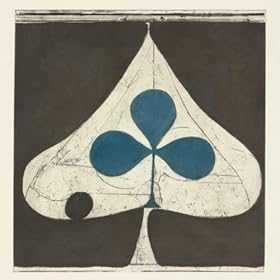
Like Grizzly Bear's last two records, Shields sounds strangely antiquated, as if plucked from a bygone era of indie rock. This time, however, the foursome crank up the force of their spiraling compositions. Stronger, louder, and more dynamic, Shields' aesthetic dimensions are considerable. The record can sound like Auntie Em's farmhouse spinning in the tornado--with old phones, silver-leafed picture frames, and yellowed photos flying around--and then in an instant the music shifts, landing in the unsettling calm of Oz's technicolor beauty. With Grizzly Bear, a song goes places. (On this same note, it is not a stretch to believe Shields could serve as a suitable psychedelic replacement to Dark Side of the Moon's popular soundtracking of the classic 1939 film).
Grizzly Bear has become one of those democratic collectives where you know each player's name precisely because of the unique contributions he makes to the whole. When performing, the band typically stands four across on the stage, emphasizing each musician's claim as a frontman. On any given song, listeners may hear Chris Taylor's swervy bass or keyboards framing the atmosphere, Chris Bear's snapping drum-kit jolting the rhythm forward, Daniel Rossen's roiling, unorthodox guitar strums circling and retreating, and Ed Droste's inimitable vocals, climbing through the music's difficult terrain and finding just the right places to rise and fall with melody.
Shields is arguably Grizzly Bear's finest album, which is high praise when considering the heft of Yellow House's hazy incantations and the precision of Veckatimest's splendid production. So where, then, does this band stack up? With a string of uncanny achievements, it is a question worth asking. Though the foursome may not possess the excitement or intensity of Radiohead's post-modern visions, it may be enough that Thom Yorke and company are one of the few comparable bands out there given the high level of Grizzly Bear's ambient originality and compositional complexity. In rarified air, peers are simply hard to see.

No comments:
Post a Comment